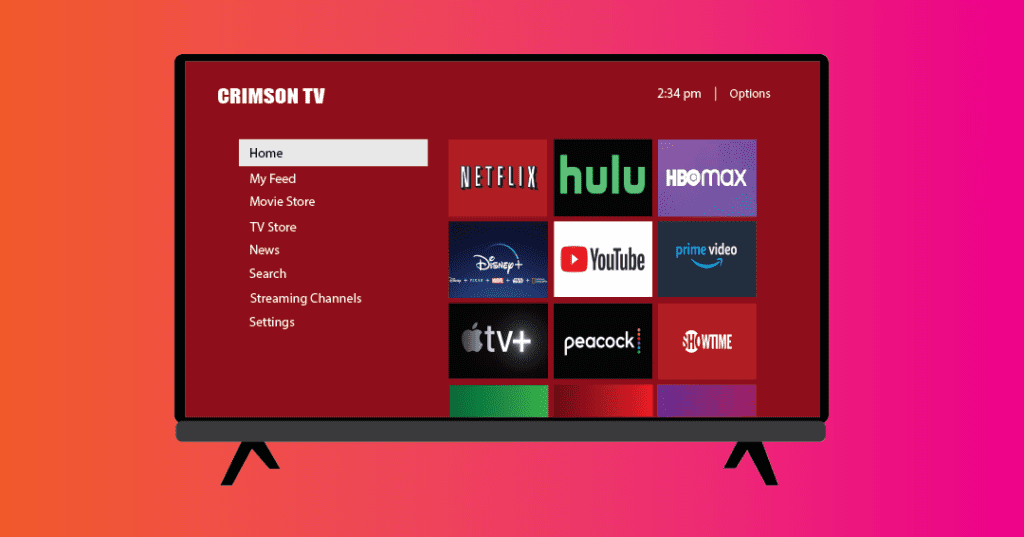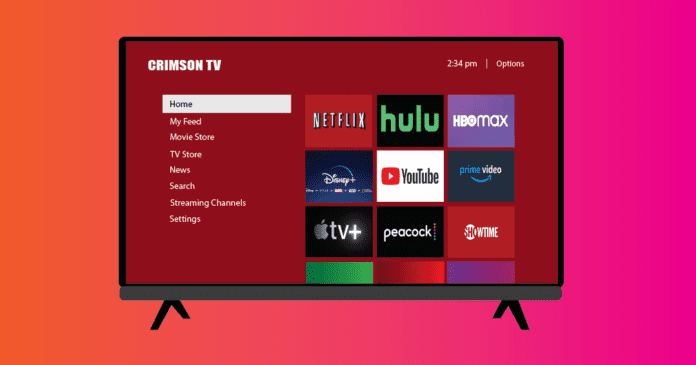The Streaming TV Price Predicament
The streaming tv industry, once hailed as the future of television, is grappling with an identity crisis. From incessant price hikes to content catalog cutbacks and perplexing branding changes, streaming platforms are still navigating the ever-evolving landscape of digital entertainment. As viewers, we’re caught in the crossfire of this ongoing transformation, where the rules of engagement seem to change with every passing season.



The Price Conundrum: Rising Costs and Consumer Resilience
Remember when streaming was supposed to be a more affordable alternative to traditional cable TV? Those days feel like a distant memory as subscription prices soar. YouTube TV, once a bargain at $35 a month, has more than doubled its cost to $73 a month, leaving subscribers wondering when the escalations will end. Disney, one of the titans of the streaming world, recently announced yet another round of price increases, mere months after the last adjustment.
These hikes are not isolated incidents but rather a widespread trend across the streaming landscape. The paradox here is that the internet is typically associated with driving prices down, not pushing them up. However, streaming companies are struggling to balance their ambitious content investments with the need for profitability. Disney, for example, has incurred a staggering $11 billion loss on streaming since 2019.
The Complexity of Content Creation
Price hikes are just one facet of the streaming puzzle. The content landscape is evolving in ways that are both exciting and confounding. High-quality shows are canceled abruptly, often for reasons that extend beyond audience reception. Tax incentives, contractual obligations, and budgetary constraints wield significant influence in the decision-making process. As a result, even fan-favorite series can meet untimely ends.
Moreover, streaming platforms are paring down their content libraries. Iconic shows like “Looney Tunes” on HBO Max are not immune to the chopping block. This trend highlights the shifting priorities of streaming services, as they trim offerings to streamline budgets and maximize returns on investment.
The Enigma of New Releases
Remember when streaming services rushed to release new movies directly to their platforms, especially during the early days of the pandemic? Fast forward to today, and that strategy is no longer a given. The allure of immediate at-home viewing has given way to a more nuanced approach. Studios are becoming more discerning about which films are reserved for theatrical releases and which make their digital debut right away.
This approach underscores the evolving strategies of studios and streaming platforms as they navigate a post-pandemic world. The recent emergence of hybrid models, such as simultaneous theater and streaming releases, further blurs the lines of distribution.
Rebranding and Messaging Challenges
As if the pricing, content, and release strategies weren’t complex enough, streaming platforms are grappling with brand identity issues. Renaming and rebranding services, as CBS All Access did when becoming Paramount+ and HBO Max’s transformation into Max, reflect a struggle to effectively communicate offerings to consumers.
The confusion surrounding these branding changes can be overwhelming, leaving subscribers uncertain about what each platform offers and why it matters. This uncertainty raises questions about the effectiveness of these rebranding efforts in a crowded and competitive market.
Navigating the Streaming Landscape
In recent years, the way we consume television and other forms of video content has undergone a revolutionary transformation. The advent of streaming services has disrupted traditional cable and satellite TV, offering viewers greater flexibility and choice. However, this transformation has not been without its challenges and complexities. As we navigate the ever-evolving streaming landscape, it’s essential to understand the key challenges and emerging trends that shape the way we access and enjoy our favorite shows and movies.
The Rise of Streaming Services
Streaming services, such as Netflix, Amazon Prime Video, Hulu, Disney+, and HBO Max, have become household names, offering extensive libraries of content that cater to a wide range of tastes and preferences. These services have not only altered the way we watch television but have also fueled the binge-watching culture, where entire seasons of shows are consumed in a single weekend.
One of the most significant advantages of streaming services is the ability to watch content on-demand. Viewers can choose what they want to watch, when they want to watch it, and on various devices, from smart TVs to smartphones. This level of convenience has led to the steady decline of traditional cable TV subscriptions, with cord-cutting becoming increasingly common.
The Challenge of Rising Costs
While streaming services initially offered an affordable alternative to cable TV, the landscape has changed. One of the most pressing challenges for consumers is the steady increase in subscription costs. Streaming platforms have invested heavily in producing original content to attract subscribers, resulting in higher monthly fees.
For instance, Netflix, which once positioned itself as a budget-friendly option, has raised its prices multiple times. Similarly, Disney+ implemented price hikes as it expanded its content library and introduced new features like Premier Access for early movie releases.
This escalation in costs raises questions about affordability and whether streaming services are still a cost-effective alternative to cable TV. Many consumers now find themselves juggling multiple streaming subscriptions to access all the content they desire, which can quickly add up.
Content Catalog Cutbacks
The competition among streaming platforms for exclusive content has led to another challenge: content catalog cutbacks. Licensing agreements that allowed multiple platforms to offer the same content are expiring, leading to the removal of popular shows and movies from certain platforms.
For example, Friends and The Office, two highly popular sitcoms, were removed from Netflix as the rights reverted to their respective owners. This trend has led to a fragmented streaming landscape, where consumers may need to subscribe to several services to access all their favorite content.
Rebranding and Identity Challenges
Another aspect of the streaming landscape is the constant rebranding and identity challenges faced by streaming platforms. CBS All Access became Paramount+, and AT&T’s HBO Max rebranded to simply Max. These changes aim to better reflect the content libraries and strategies of these services, but they can create confusion among consumers.
Understanding what each service offers and why it’s distinct from others can be challenging, especially when services continually evolve their content and features. This rebranding also highlights the ongoing search for the right formula that resonates with viewers and sets a platform apart.
Conclusion: Balancing Act for Streaming’s Future
The streaming industry is at a crossroads, navigating a delicate balance between profitability and consumer satisfaction. While the convenience and diversity of content make streaming an attractive proposition, price hikes and content cutbacks threaten to erode some of its allure.
As streaming companies chart their course forward, they must remember the core principles that fueled their initial success: affordability, choice, and flexibility. Striking this balance will be crucial to ensure that streaming remains a viable and compelling alternative to traditional television.
In a rapidly evolving landscape, streaming services must not lose sight of what drew viewers to them in the first place—the promise of accessible, high-quality content at a reasonable price. Only by navigating this identity crisis with care can streaming platforms secure a sustainable future in the world of digital entertainment.
Also Read: Amazon’s Bedrock: Redefining Generative AI with Llama 2 Integration









